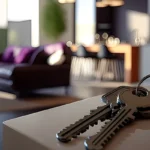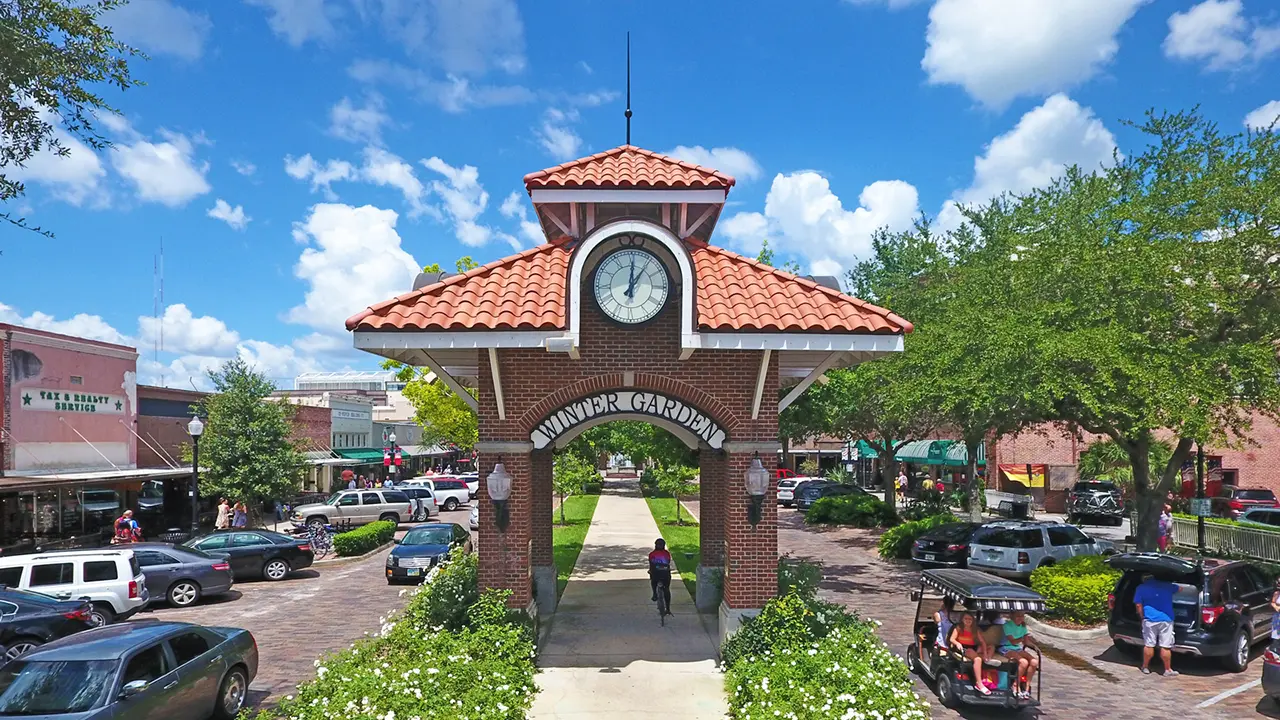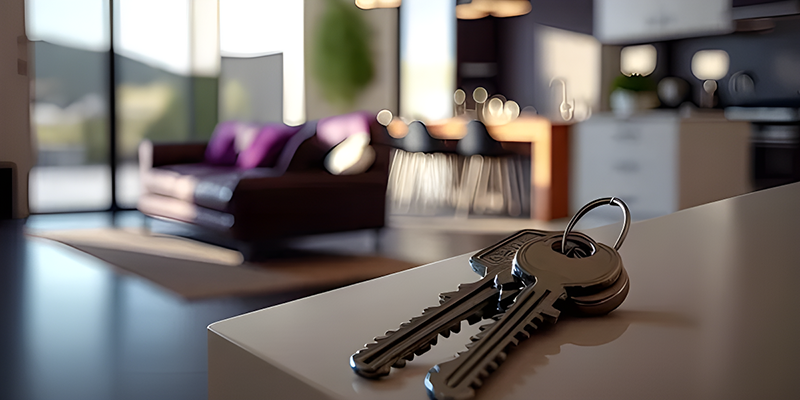Purchasing a home is often considered one of the most significant financial decisions a person can make. While the pride of homeownership is undeniable, it’s crucial to understand the true cost of homeownership beyond the purchase price. In this comprehensive guide, we’ll explore the various expenses associated with owning a home and provide you with ten ways to calculate the true cost of homeownership.
 Understanding the True Cost of Homeownership
Understanding the True Cost of Homeownership
Before delving into the calculations, let’s first define what the “true cost of homeownership” entails. It goes beyond the mortgage payment and includes all the expenses that come with owning a property. These costs can vary widely depending on your location, the type of property, and your lifestyle.
1. Mortgage Payments
The most apparent expense is the mortgage payment, which typically includes both the principal and interest. This is the amount you borrow to purchase the home, spread out over several years.
2. Property Taxes
Property taxes are levied by local governments and are based on the assessed value of your home. These taxes fund various public services, such as schools and infrastructure.
3. Homeowners Insurance
Homeowners insurance protects your investment by covering damage to your property and personal belongings. It’s a critical component of homeownership that shouldn’t be overlooked.
4. Private Mortgage Insurance (PMI)
If you make a down payment of less than 20% of the home’s purchase price, you may be required to pay PMI. This insurance protects the lender in case of default but adds to your monthly expenses.
5. Homeowners Association (HOA) Fees
If you live in a community with an HOA, you’ll be responsible for monthly or annual fees. These fees cover maintenance of common areas and amenities.
6. Utilities
Monthly utility bills, including electricity, gas, water, and sewage, are essential costs associated with homeownership.
7. Maintenance and Repairs
Homes require ongoing maintenance and occasional repairs. These costs can vary widely but are a necessary part of keeping your property in good condition.
 8. Home Improvement Projects
8. Home Improvement Projects
Many homeowners choose to invest in home improvement projects, which can significantly impact the true cost of homeownership. These projects can range from minor updates to major renovations.
9. Landscaping and Lawn Care
Maintaining your property’s landscaping and lawn can be a recurring expense, especially if you hire professionals for landscaping services.
10. Emergency Fund for Unexpected Expenses
It’s wise to set aside an emergency fund for unexpected home-related expenses, such as a burst pipe or a damaged roof. Having this fund in place can prevent financial stress in times of crisis.
Now that we’ve covered the key components of the true cost of homeownership, let’s explore ten ways to calculate it.
1. Monthly Budget Analysis
Start by creating a detailed monthly budget that includes all your homeownership expenses. This will give you a clear picture of how much you need to allocate each month to cover these costs.
2. Annual Expense Projection
Some expenses, like property taxes and homeowners insurance, are paid annually. Calculate the total annual cost of these items and divide by 12 to include them in your monthly budget.
3. Mortgage Calculator
Use a mortgage calculator (like this one from our trusted partner FBC Mortgage) to determine your monthly mortgage payment, factoring in the interest rate, loan amount, and loan term. This tool can help you estimate your primary housing expense.
 4. Property Tax Estimator
4. Property Tax Estimator
Your local government may offer an online property tax estimator. Enter your property’s assessed value to calculate your annual property tax bill.
5. Insurance Quotes
Shop around for homeowners insurance quotes to find the best coverage at a competitive price. Be sure to include the cost of insurance in your budget.
6. HOA Fee Schedule
Review the HOA fee schedule for your community to understand your monthly or annual obligations. Factor these fees into your budget.
7. Utility Bill History
Examine your utility bill history to determine the average monthly cost for electricity, gas, water, and sewage. This will help you budget for these ongoing expenses.
8. Maintenance and Repair Fund
Estimate the annual cost of maintenance and repairs based on your home’s age and condition. Divide this amount by 12 to include it in your monthly budget.
9. Home Improvement Budget
If you plan to undertake home improvement projects, create a budget for each project. Include these expenses in your long-term financial planning.
10. Emergency Fund Calculation
Determine an appropriate amount for your emergency fund by considering the potential cost of unexpected home repairs. Aim to save at least three to six months’ worth of expenses.
Owning a home comes with numerous financial responsibilities that extend well beyond the initial purchase. Understanding the true cost of homeownership is essential for effective financial planning and ensuring that you can comfortably afford your home. By using the ten calculation methods outlined in this guide, you can gain a comprehensive view of your homeownership expenses and make informed financial decisions for the future. Remember that being prepared for the true cost of homeownership will contribute to a more secure and enjoyable homeownership experience. Ready to make a home purchase? We can help! Give us a call so we can help find the perfect (affordable) home for you.













